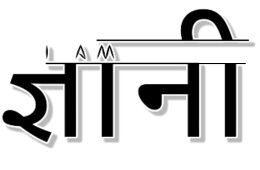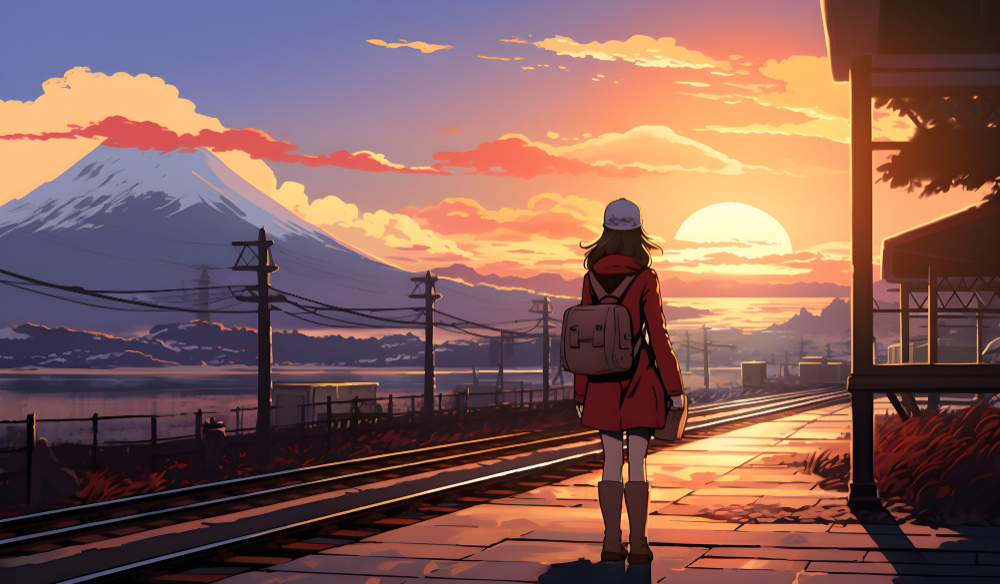Introduction
There’s something undeniably magical about Studio Ghibli. Whether it’s the lush landscapes of My Neighbor Totoro, the whimsical towns of Spirited Away, or the soaring skies of Howl’s Moving Castle, Ghibli images have a way of pulling us into a world where anything feels possible. But what makes their visuals so captivating? In this blog, we’ll take a closer look at the history of Studio Ghibli, its unique artistic style, and why its images continue to inspire generations of fans worldwide.
The Story Behind Studio Ghibli
Studio Ghibli was founded in 1985 by legendary filmmakers Hayao Miyazaki, Isao Takahata, and producer Toshio Suzuki. Their journey began with Nausicaä of the Valley of the Wind (1984), a film that set the stage for what Ghibli would become—an animation powerhouse that blends fantasy, deep storytelling, and breathtaking visuals.
From Princess Mononoke to The Wind Rises, Ghibli films explore themes of nature, self-discovery, and the human spirit, all wrapped in an artistic style that feels both nostalgic and timeless.
The History of Studio Ghibli
Founding & Early Years (1985–1990s)
- Founded in 1985 by Hayao Miyazaki, Isao Takahata, and Toshio Suzuki.
- First film: Laputa: Castle in the Sky (1986).
- Breakthrough success with My Neighbor Totoro (1988).
Global Recognition (2000s–Present)
- Spirited Away (2001) won an Academy Award, bringing Ghibli to Hollywood.
- Recent works: The Wind Rises (2013), The Boy and the Heron (2023).
- Studio Ghibli’s influence on modern animation.
Iconic Studio Ghibli Films & Their Meanings
| Film | Year | Key Themes |
|---|---|---|
| Spirited Away | 2001 | Identity, growth, environmentalism |
| Princess Mononoke | 1997 | Man vs. nature, war, and harmony |
| Howl’s Moving Castle | 2004 | Love, war, and self-acceptance |
| My Neighbor Totoro | 1988 | Childhood, nature, and imagination |
What Makes Ghibli’s Art So Special?
Studio Ghibli’s signature style is instantly recognizable and deeply evocative. Here’s what sets it apart:
- Hand-drawn Masterpieces – In a world of CGI, Ghibli sticks to its roots with meticulously crafted hand-drawn animation. Every frame feels alive, brimming with tiny details that add depth and emotion.
- Breathtaking Natural Landscapes – Rolling hills, glowing sunsets, and lush forests fill Ghibli films, often acting as characters themselves. They reflect themes of environmentalism, a core belief in Miyazaki’s storytelling.
- Expressive, Relatable Characters – From Chihiro’s reluctant bravery to Sophie’s quiet resilience, Ghibli characters feel real. Their emotions, expressions, and struggles are so finely animated that we can’t help but see ourselves in them.
Iconic Ghibli Images & Their Hidden Meanings
- Totoro in the Rain (My Neighbor Totoro, 1988)
- A simple yet powerful moment that captures childhood wonder and the magic of small joys.
- Chihiro Standing Alone in the Spirit World (Spirited Away, 2001)
- A visual metaphor for growing up, stepping into the unknown, and finding inner strength.
- Laputa’s Floating Castle (Laputa: Castle in the Sky, 1986)
- A hauntingly beautiful image that explores the balance between technology and nature.
- Sophie & Howl Walking in the Fields (Howl’s Moving Castle, 2004)
- A scene filled with warmth and transformation, emphasizing love and self-acceptance.
Behind the Scenes: The Ghibli Magic
- Hand-drawn animation – Why Ghibli avoids CGI.
- Hayao Miyazaki’s creative process – Storyboarding and attention to detail.
- Joe Hisaishi’s music – The soul of Ghibli films.
Stunning Studio Ghibli Artwork & Images
[Insert high-quality Ghibli images with alt text for SEO]
- Spirited Away concept art
- Princess Mononoke landscape paintings
- Rare sketches from Miyazaki’s notebooks
Why Ghibli’s Visuals Feel Timeless
There’s a reason why Ghibli images stay with us long after the credits roll. It’s not just about the beauty—it’s about the emotions they evoke. Whether it’s the bittersweet nostalgia of a childhood adventure or the quiet melancholy of a fleeting moment, Ghibli’s artistry makes us feel something real. And that’s what great storytelling is all about.
Why Studio Ghibli Still Captivates the World
- Timeless storytelling – Appeals to all ages.
- Environmental & feminist themes – Ahead of its time.
- Aesthetic beauty – Every frame is a painting.
Conclusion
Studio Ghibli’s images aren’t just scenes from movies—they’re windows into a world of magic, emotion, and artistic brilliance. Whether you’ve watched their films a hundred times or you’re just discovering them, there’s always something new to appreciate. What’s your favorite Ghibli moment? Let’s talk in the comments!

